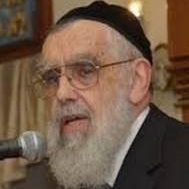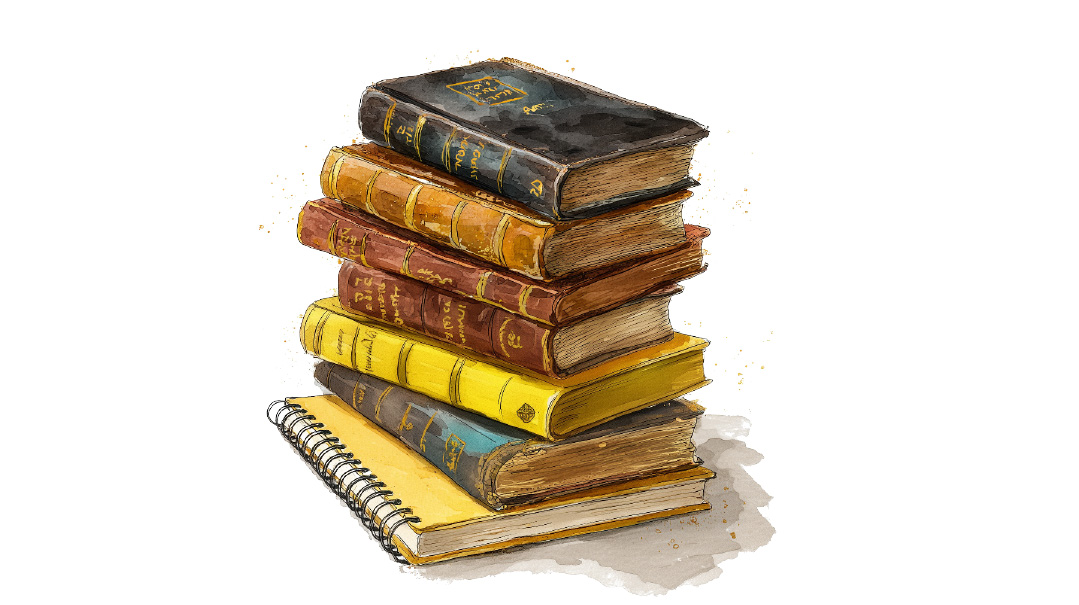The Missing Alef

Alef is not simply another letter in the Hebrew alphabet
I
s it possible that the personal clay seal of the prophet Isaiah — Yeshayahu Hanavi, who lived in the 8th century BCE — has been discovered in Jerusalem? The current Biblical Archaeology Review contains an article about the discovery of a strange seal that was used to stamp documents and letters. Found buried near the southern part of the Temple Mount, it reads, in the ancient Hebrew script, “yeshayau nvy.” The seal is broken after the nvy, so that the normative closing alef for the word meaning “prophet” is missing.
Israeli archaeologist Prof. Eilat Mazar claims that though there is no positive proof, there are many supportive indications, such as a) the location of the find, a mere ten feet away from an earlier find related to King Hizkiyahu, with whom Yeshayahu was in frequent contact (II Melachim 19:20; Yeshayahu 37-39); and b) the very age of the seal. All this suggests that this could very well be the personal seal of the prophet Isaiah, whose vision and searing admonitions are among the most powerful of any writings known to man.
I would submit that he is still speaking to us — this time, paradoxically, via the letter that is not there: this missing alef. Its very absence might be a statement, a dim echo of what Yeshayahu might be saying to us from almost 3,000 years ago. Not physically visible, it is nevertheless quite present.
For the alef is not simply another letter in the Hebrew alphabet, just as Hebrew — the Lashon Kodesh — is not simply another language among languages. (See Ramban at Shemos 30:13.) As G-d’s own language and the language of His Torah, Hebrew letters are more than mere consonants or vowels or phonetics. They have an independent existence, not tied to ink or paper or words. In the Midrash, letters are alive, have conversations with G-d, and compete with one another for placement in crucial sections of the Torah. They contain light, and shadow, and nuance, and profound depths, and hidden meanings.
The letter alef is not only first among the letters; it also connotes primacy. Thus, the Hebrew word aluf, used repeatedly in Bereishis 36, means “chieftain” or “prince.” Alef also is the root word for “teach” or “learn.” It is the first letter of Elo-him, L-rd; the first letter in the name of the first man, Adam; the first letter in the name of the first Jew, Avraham; the first letter of the Ten Commandments — anochi — which itself is the description of G-d Himself, Who is the only “anochi,” the only “I” in the universe, all else being subservient to the One, the echad, whose first letter is an alef, as is the first letter of emes, truth — which is the “seal of the Holy One.”
Spell alef backwards and you get pele, which in Hebrew means “wondrous.” The alef of life is to develop a sense of wonder and awe at the beauty and majesty of G-d within the world. So when the alef is broken off, more than a mere letter is missing.
Beyond this there lies this message: that though we discover much and know much and walk on the moon and create miraculous technology, we still do not know alef: How to relate to our Creator and to other human beings. How to live with integrity and self-discipline. How to refrain from gossip and unclean speech. How to be a mensch. We are not aware of the beginning of wisdom.
Note the beginning of his Book of Isaiah, chapter Alef: “Eichah, how has she become like a harlot, the faithful city once filled with justice, and now murderers… Your chiefs are plunderers and bands of thieves, they all love bribes and they pursue payoffs….”
Today’s headlines? No. Isaiah is speaking from three millennia ago. Nothing has changed. There is still an absence of justice, an absence of righteousness; money and bribery and kickbacks and payoffs are still dominant. Because the alef is still missing.
See what is contained in that single letter: Primacy. Leadership. Teaching and learning. The singularity of G-d. Truth. Mystery and wonder. It is not just an alef that is missing from the Isaiah seal. An entire world is missing when that is missing. When the alef is broken off, everything is broken off.
The archaeologists are searching for that missing alef. So are we.
(Originally featured in Mishpacha, Issue 706)
Oops! We could not locate your form.






